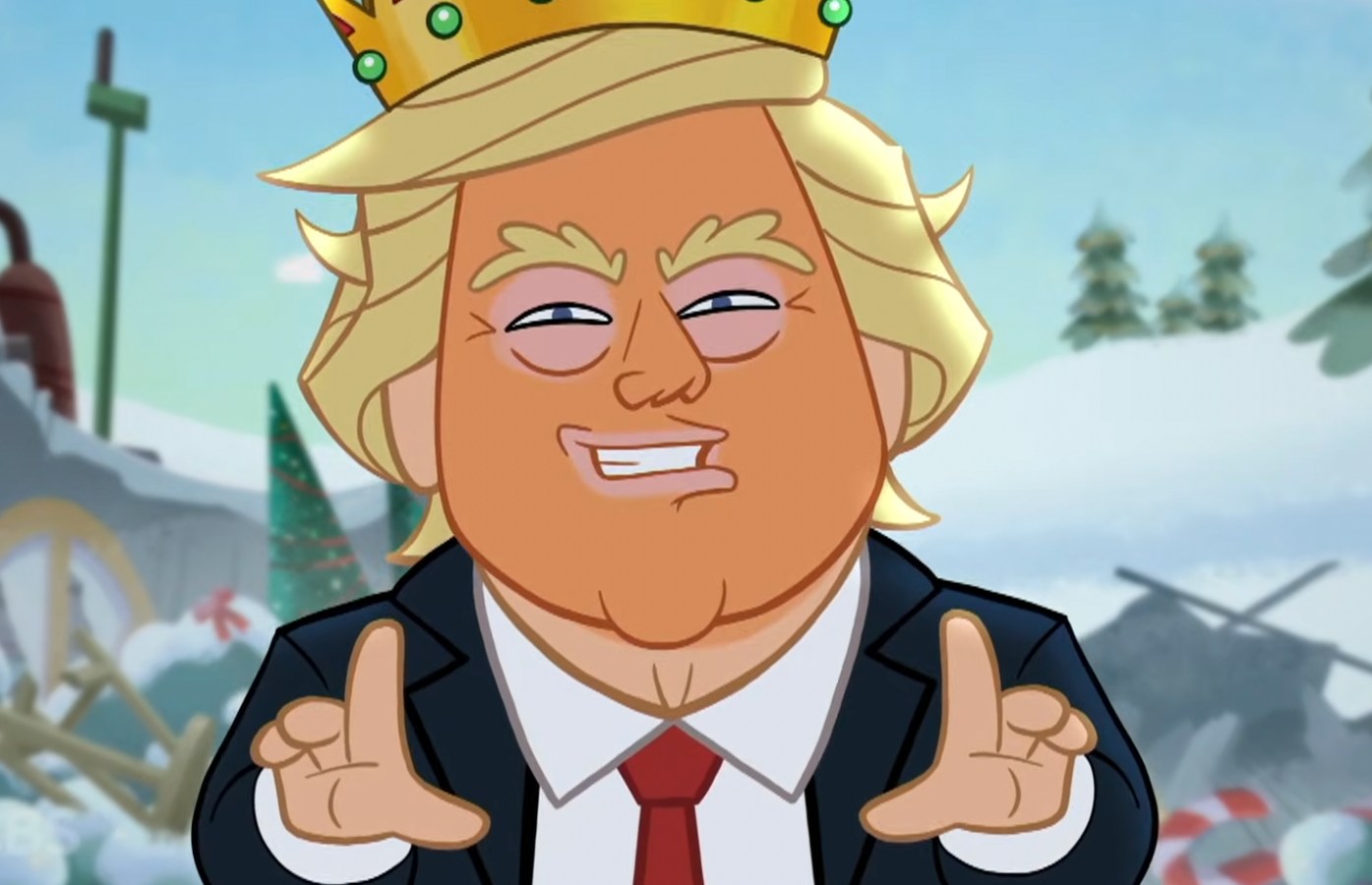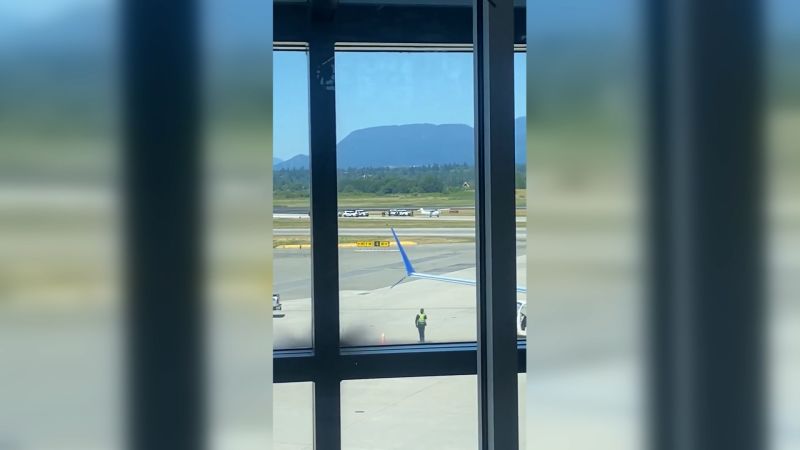Putin Signals Potential U.S. Deal for Ukraine Amid Territorial Threats

Russian President Vladimir Putin indicated that a recent U.S. plan to resolve the ongoing war in Ukraine could serve as a potential foundation for future agreements. However, he simultaneously reiterated threats to seize additional territory by force unless Ukrainian forces withdraw from contested areas. Speaking to reporters in Bishkek, the capital of Kyrgyzstan, on March 14, 2024, Putin confirmed the Kremlin’s expectation of a visit from a U.S. delegation led by Special Envoy Steve Witkoff early next week.
While expressing a willingness for “serious discussion,” Putin’s statements suggested that a swift resolution remains unlikely. He asserted that the conflict will only conclude “once Ukrainian troops withdraw from the territories they occupy.” According to Putin, if Ukraine does not comply, Russia would resort to military means to achieve its objectives. Currently, Russia occupies approximately 20% of territory internationally recognized as part of sovereign Ukraine, including nearly all of the Luhansk region and parts of Donetsk, Kherson, and Zaporizhzhia.
Moscow’s demands include the full surrender of these four regions, which it has annexed but not completely secured. Recent weeks have seen some Russian advances along the eastern Ukrainian front, particularly around the city of Pokrovsk. Nonetheless, the Institute for the Study of War, a U.S.-based conflict monitor, reported that the pace of Russian forces’ progress indicates that “a Russian military victory in Ukraine is not inevitable.” Furthermore, a rapid seizure of the remaining territory in Donetsk Oblast is not anticipated.
The regions in question are characterized by a “fortress belt” of heavily defended towns and cities vital to Ukrainian security. Both Kyiv and its European allies have firmly stated that territorial concessions are unacceptable. Putin’s comments on March 14 marked a significant indication of Russia’s inflexibility, particularly after U.S. officials, including former President Donald Trump, claimed “tremendous progress” in efforts to end the conflict.
This situation follows a contentious exchange regarding a 28-point peace plan initially drafted by the U.S. with notable input from Russia. Ukrainian and European officials strongly opposed the original plan, which included demands for Ukraine to downsize its military and refrain from joining NATO.
Putin mentioned that he anticipates Witkoff’s arrival in Moscow to discuss a revised draft of the plan, though the specific details remain undisclosed. “It would be impolite of me to speak of final agreements now,” he stated, highlighting the ongoing complexity of negotiations.
As the international community watches closely, the potential for progress appears tenuous, with both sides entrenched in their positions and the specter of military escalation looming. The coming days may reveal whether diplomatic efforts can yield any meaningful advancements toward peace in Ukraine.






